Artist Spotlight: Interpreting unique facades with Yuri Diefenthäler
Yuri Diefenthäler is a gifted architecture student with a penchant for memorable buildings, as evident by his portfolio of work. Here are some of his recreations.
Inspired by “Goulding Summerhouse” by Scott Tallon Walker Architects:

Inspired by “Sandpath House” by Adrian James Architects:
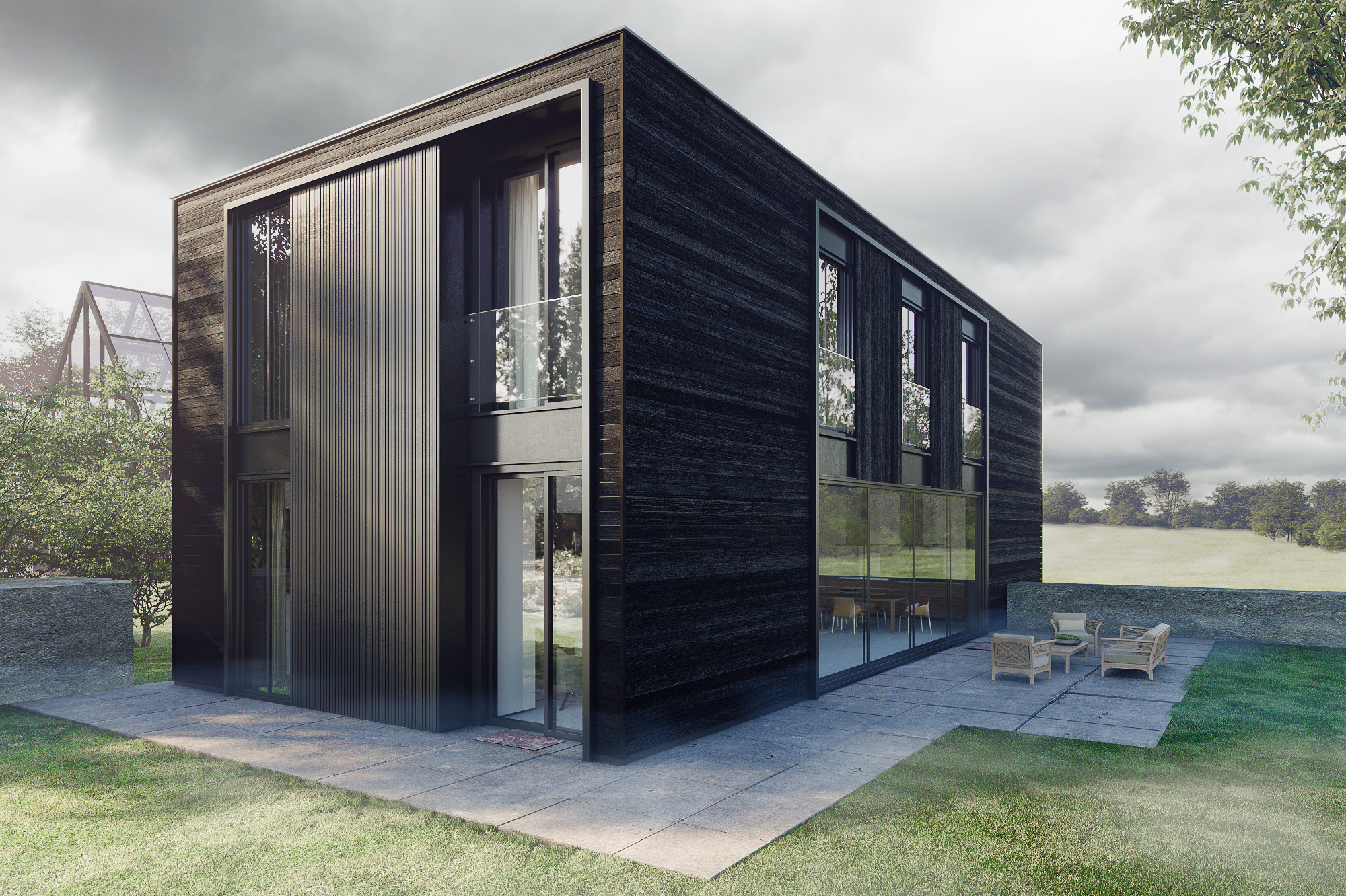
Inspired by “HE Restaurant” by Xiaoxiao Zhang and Weiqi Hu:
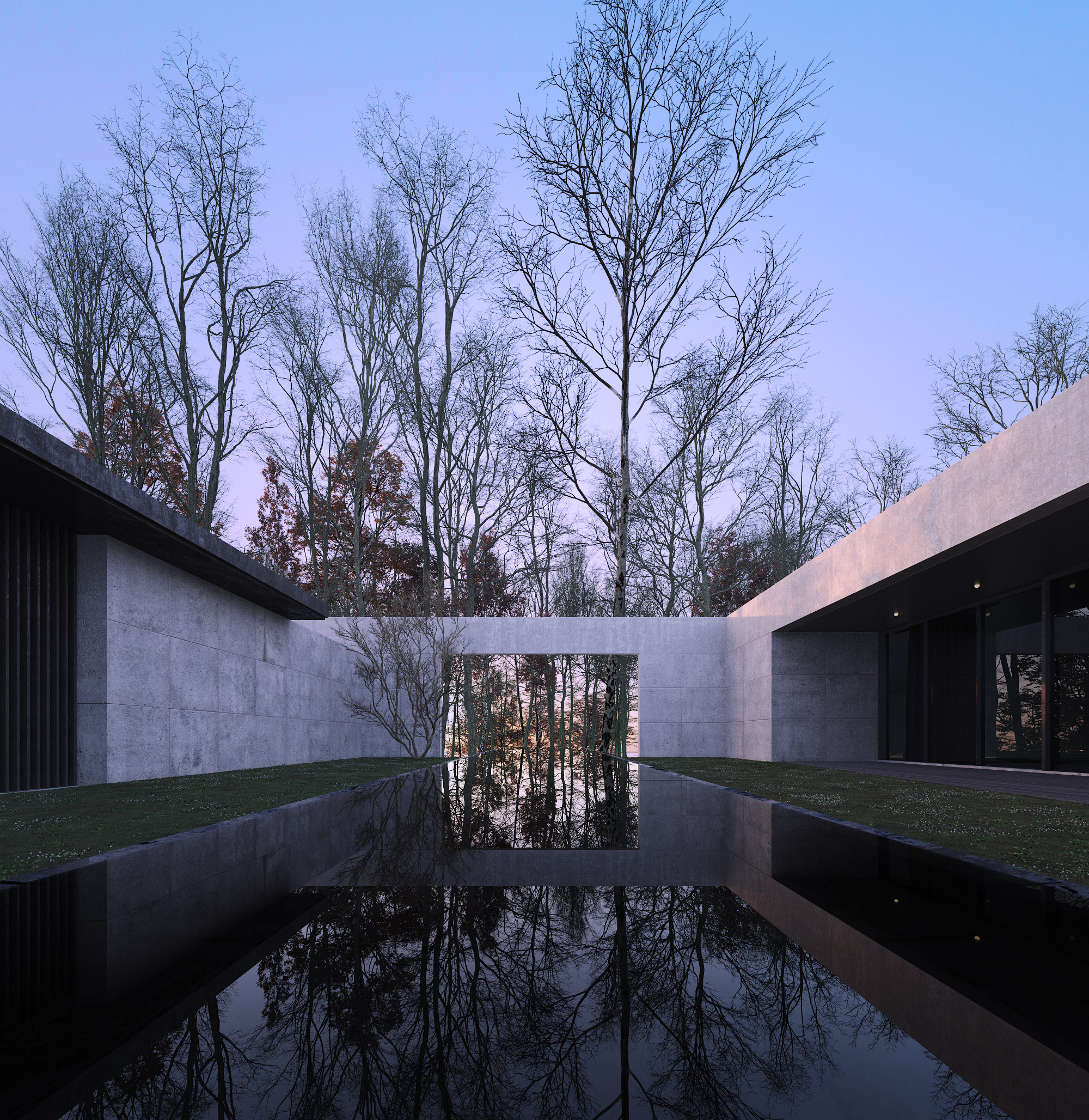
In his breakdown here, Yuri shows us his process for creating “Seaside House” by Polish firm, Ultra Architects.
In Yuri’s words:
Hi guys! First of all, I’ve to thank Quixel for this opportunity — I’m so excited!
My name is Yuri Diefenthäler, a Brazilian architecture student, and CGI lover. I still didn’t consider myself a 3D artist, but it is something I’m studying for.
I started to study CGI, specifically Arch Viz, about a year ago. I did my first contact in SU and now around 5 months ago I moved to V-Ray for 3ds Max.
Probably like most people, once I began, I found my passion for CGI. And so I haven’t stopped studying it ever since. I just love the way we bring the science and physics of the real-world into 3D engines.
I’m always bringing in my personal take on my study projects, and so there is usually a lot of greenery around the buildings I work on. So I think you can imagine what I felt when I meet Quixel Megascans.
I only recently discovered Megascans, and the assets looked insanely good the moment I saw them. It got me thinking about all that I could achieve with Megascans and my love for detailed environments. So two months ago, I decided to subscribe to see what they were offering exactly and what the workflow was like.
This is a personal study, which meant that, like in most cases, I went through Pinterest, ArchDaily, Instagram, etc. to find a reference to recreate.
This one is called Seaside House by Ultra Architects, based in Poland. I spent about 4 to 5 days on this scene. I just love the look of the interior and exterior. I forgot to say this, but exteriors are my main focus in this project because I can see more dynamic views, and find more space to work with something like this as far as materials are concerned.
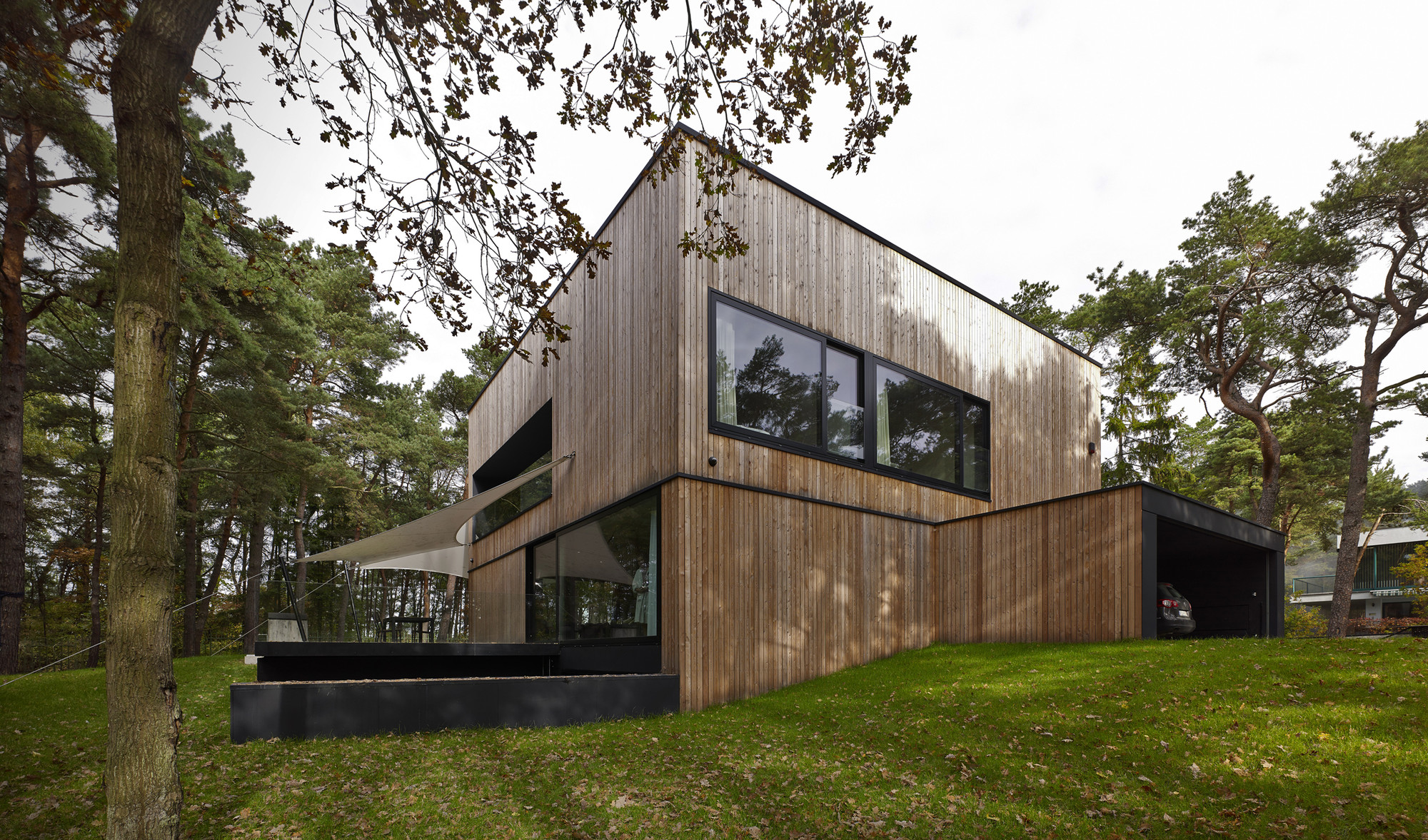
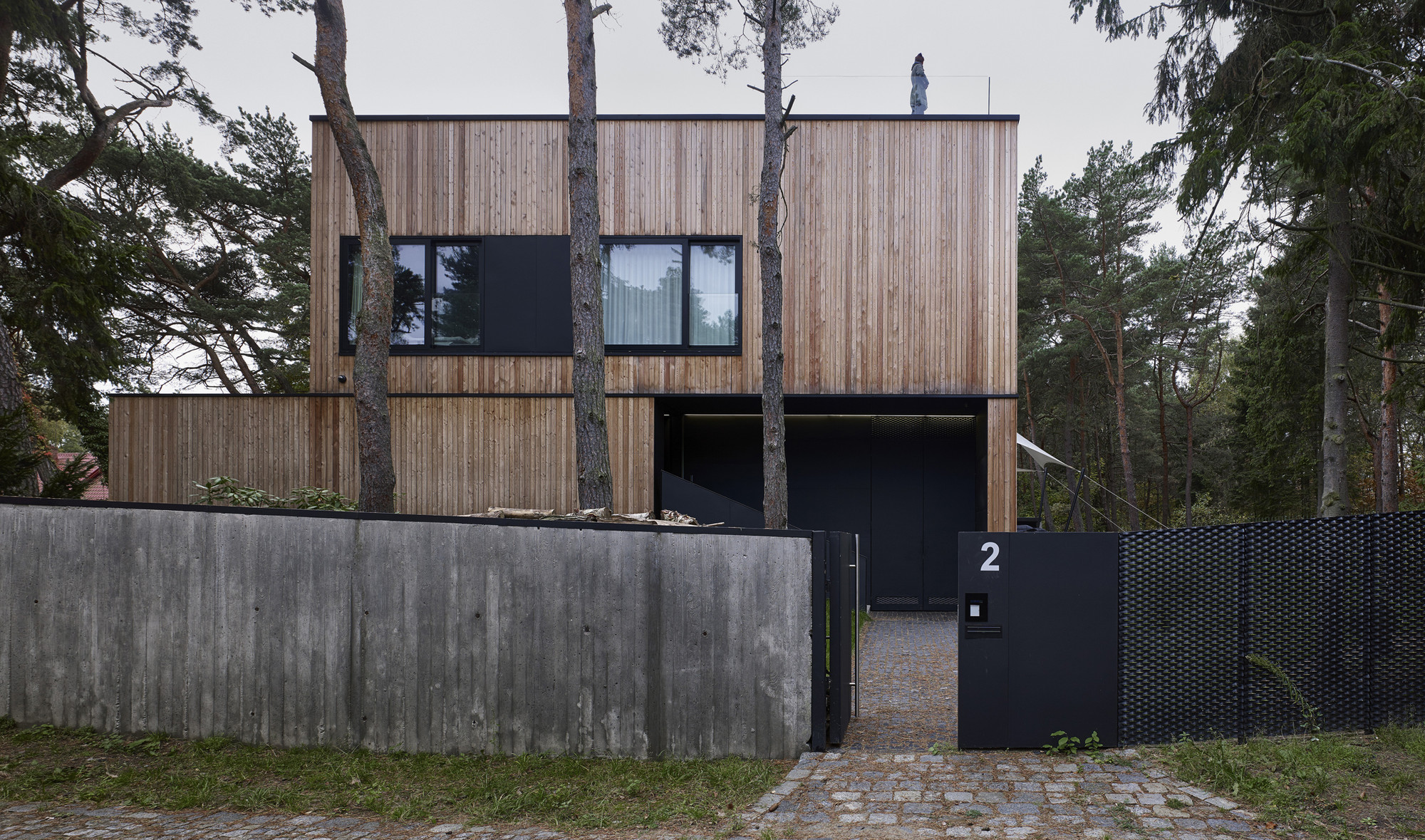
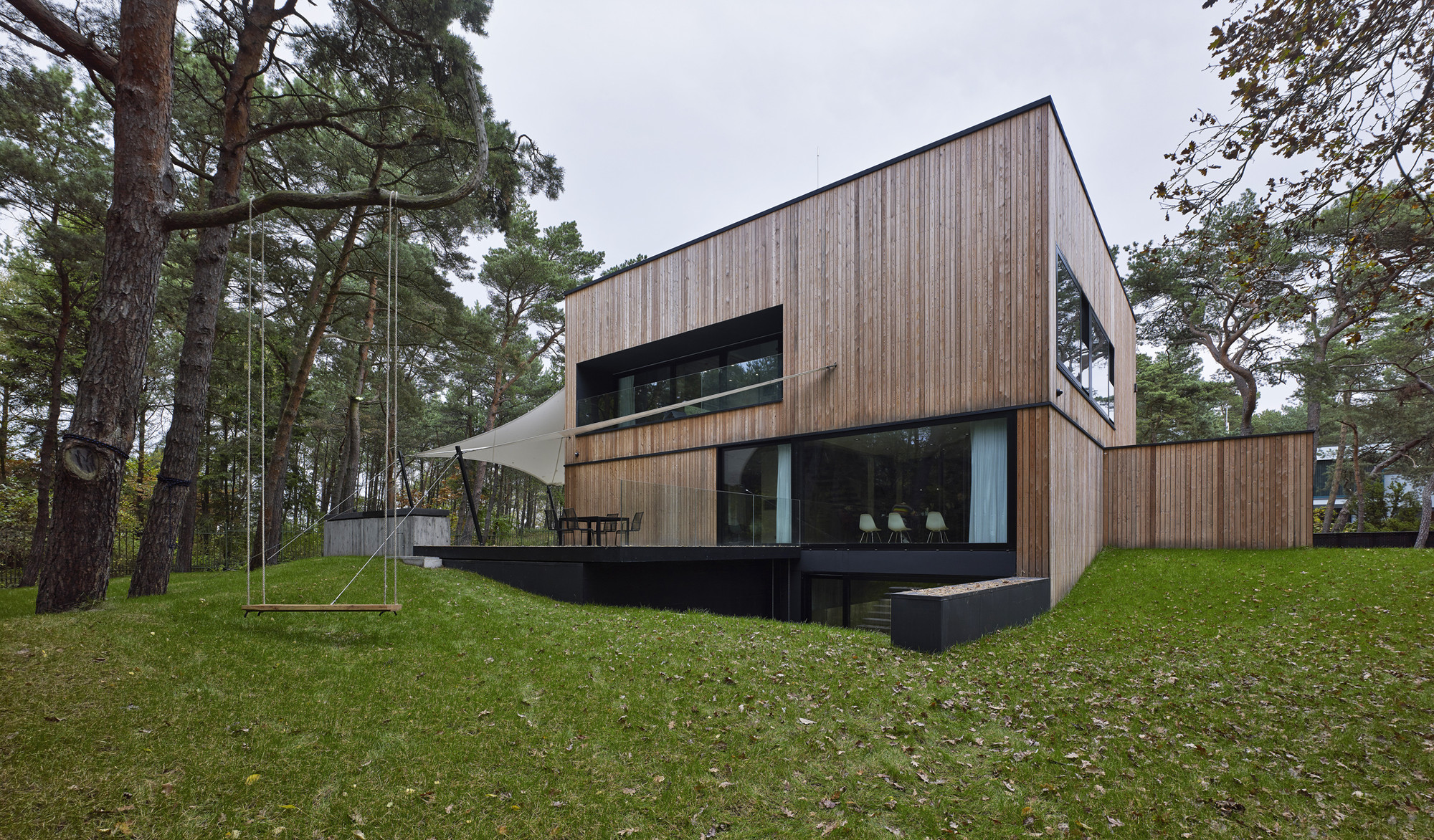
Normally, I try to recreate everything to be as realistic as I can; looking to capture as much detail as I can. But this time, I ended up changing the mood of the scene by the end.
So here we go.
Framing
Primarily, I set the same aspect ratio of my reference in V-Ray, and put that in viewport background and active safe frames. I created a camera in anywhere close to the origin, then I made a similar geometry of my reference — in this case, a box — just simple and quick to get a close camera angle. Then I made some adjustments to match everything perfectly using Perspective Match.
As you can see, the framing and modeling are very close.

Modeling: House
As I said before, I had started using a box converted to editable poly. In this case, I got that the basement, floor, and first floor are really important! I then loaded the basement, floor, and first floor as a bitmap in a plane and rescaled them to match the box I had created, for which the measures were already checked.
Then I began the facade details such as doors, windows, and so forth. The main geometry here is the wood panels that were created with Floor Generator.
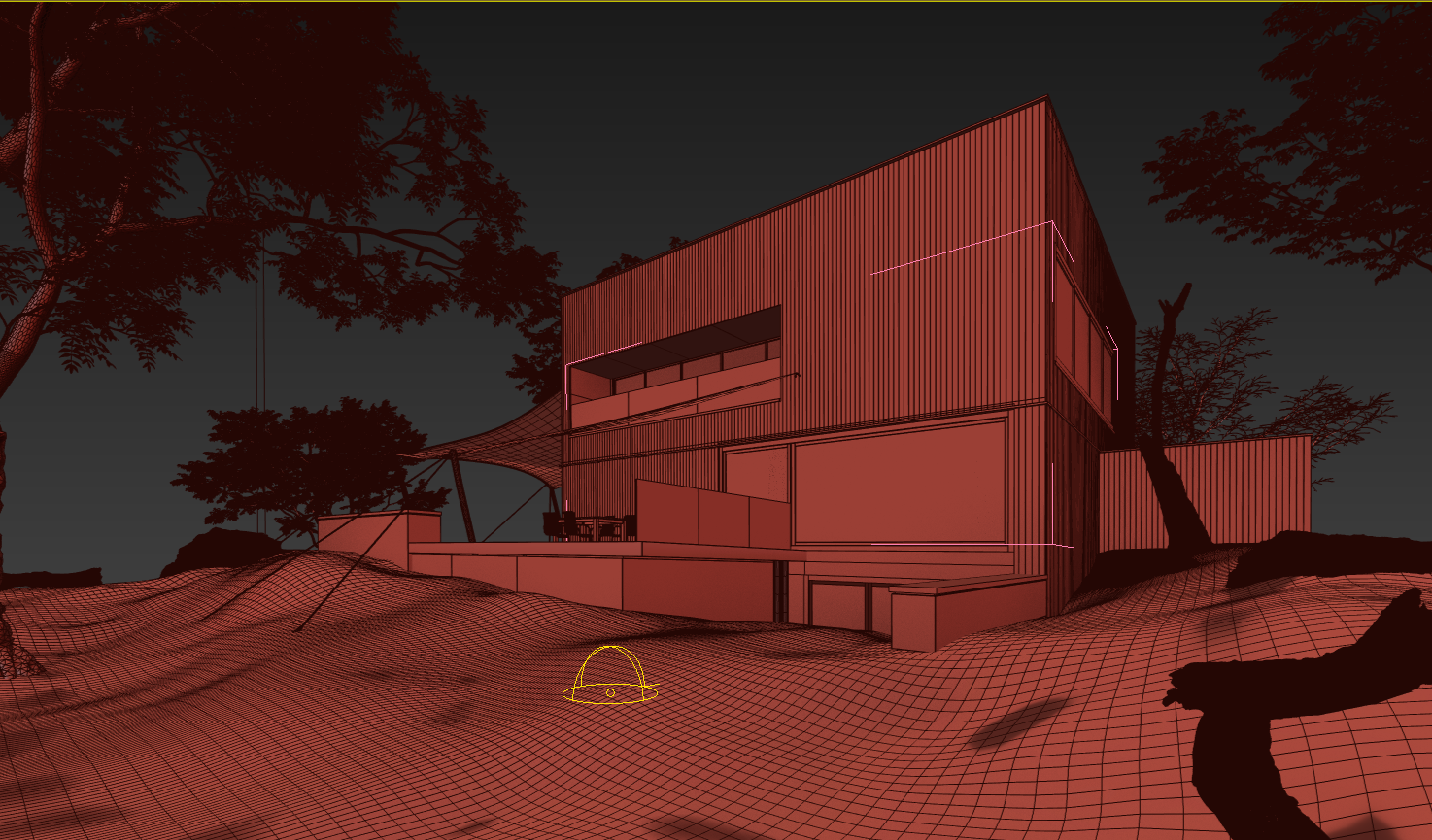
Modeling: Terrain
For this, I just made a simple plane and converted it to an editable poly. I played with the vertex to deform the plane and added subdivisions, as needed.

Lighting
Lately, I’ve been using HDR for lighting, but you can use what you prefer. I can achieve good results with VSUN aswell. I had set it inside a V-Ray HDRI Material and played around with the rotation until I got the lighting similar to that of my reference.
This is an artistic matter, but I look at every single angle of lighting, shadow, intensity, and GI to figure out how to most accurately recreate my reference.

Shaders
After the lighting is ready, we begin with the shaders. For the ground and most plant shaders, I simply used Quixel Megascans. I left the landscaping elements for the end in a clean file.
Megascans
Finally, its time to see how Megascans assets work, and what I can achieve with them. As I mentioned earlier, on this particular project I didn’t follow the reference when it came to the landscape. I just did what I felt best worked for the design of the house as well as see what all the Megascans library would enable me to do.
I took some died leaves, two barks, some tall dry grass, rocks and a ground texture to composite this environment.



I should mention here that I’m not yet as familiar with working on atlases. And between my studies and working on these projects, I haven’t had the time to learn this yet. But I certainly intend to, and fully explore the potential of all the atlas scans in the Megascans library as well.
Using the Megascans scanned assets is the easiest step. I just go through in the Bridge app, pick what I want from the Megascans library within Bridge, and export directly to 3ds Max. Then I just go to 3ds Max and import. All maps and shader settings are already done, and so I just need to retouch the color and scale objects to match my scene, as needed.
Final Render
So, as I said, I’m catering to my passion for CGI in my free time. This means that while I had intended to make other views of this scene, I sadly didn’t have enough time.
As I said, in the end, I changed the mood of the scene from the original reference to something I liked more. Here is the result.

Thank you, Yuri! See more of this artist’s work on Behance.
Got a Quixel-infused project you’d like featured? Send your process breakdown write-up, bio, and hi-res images to blog@quixel.se.



